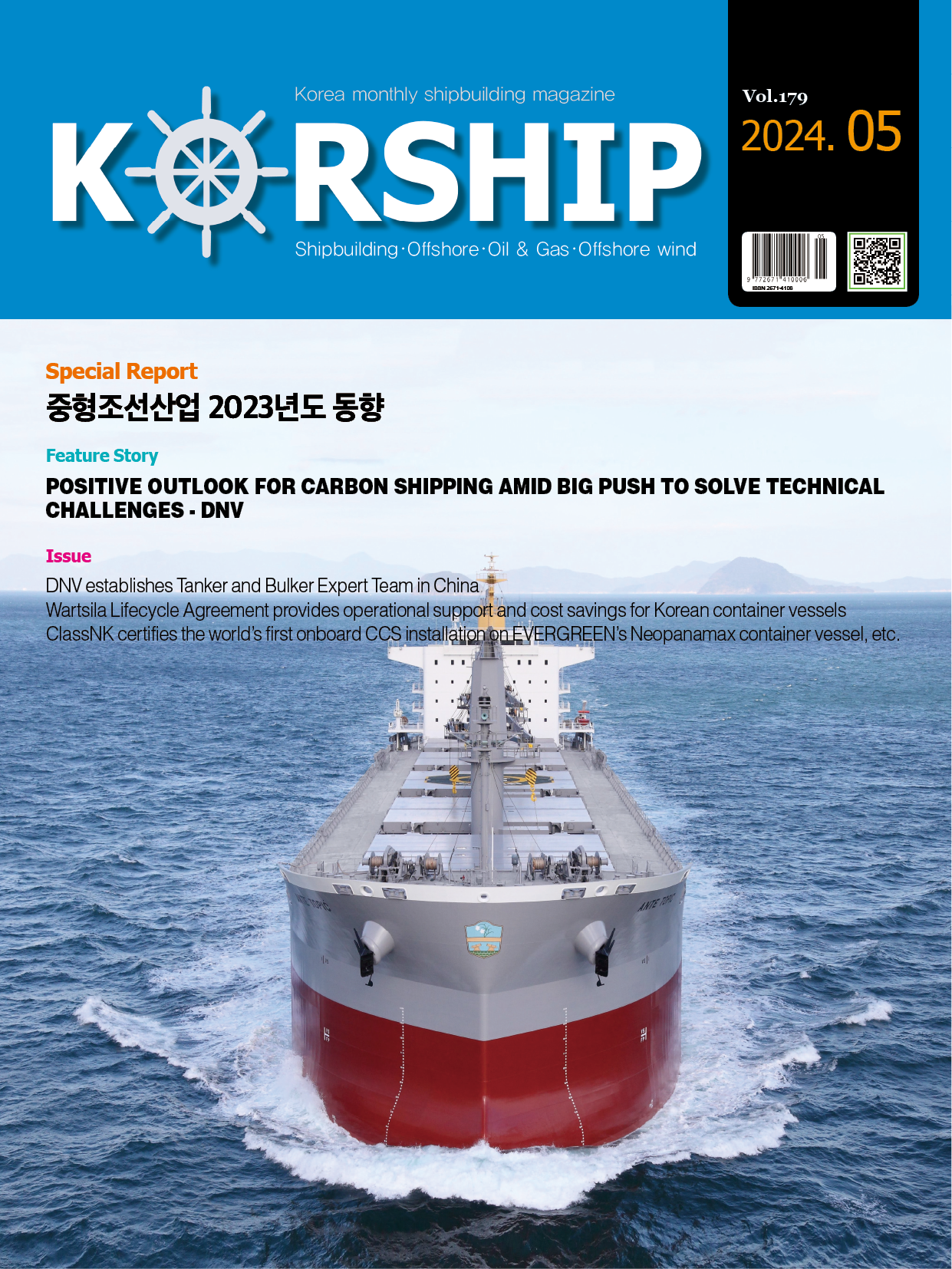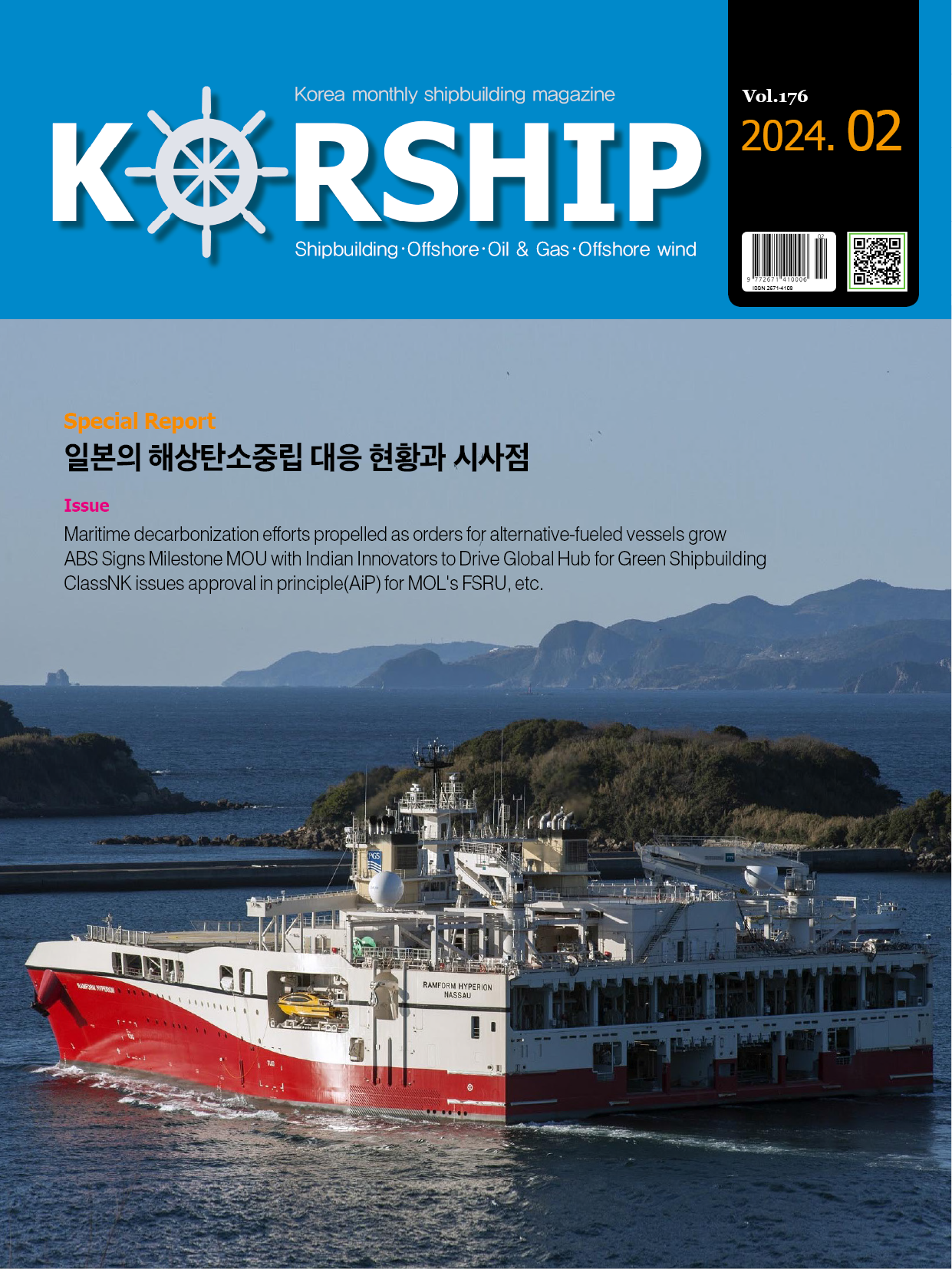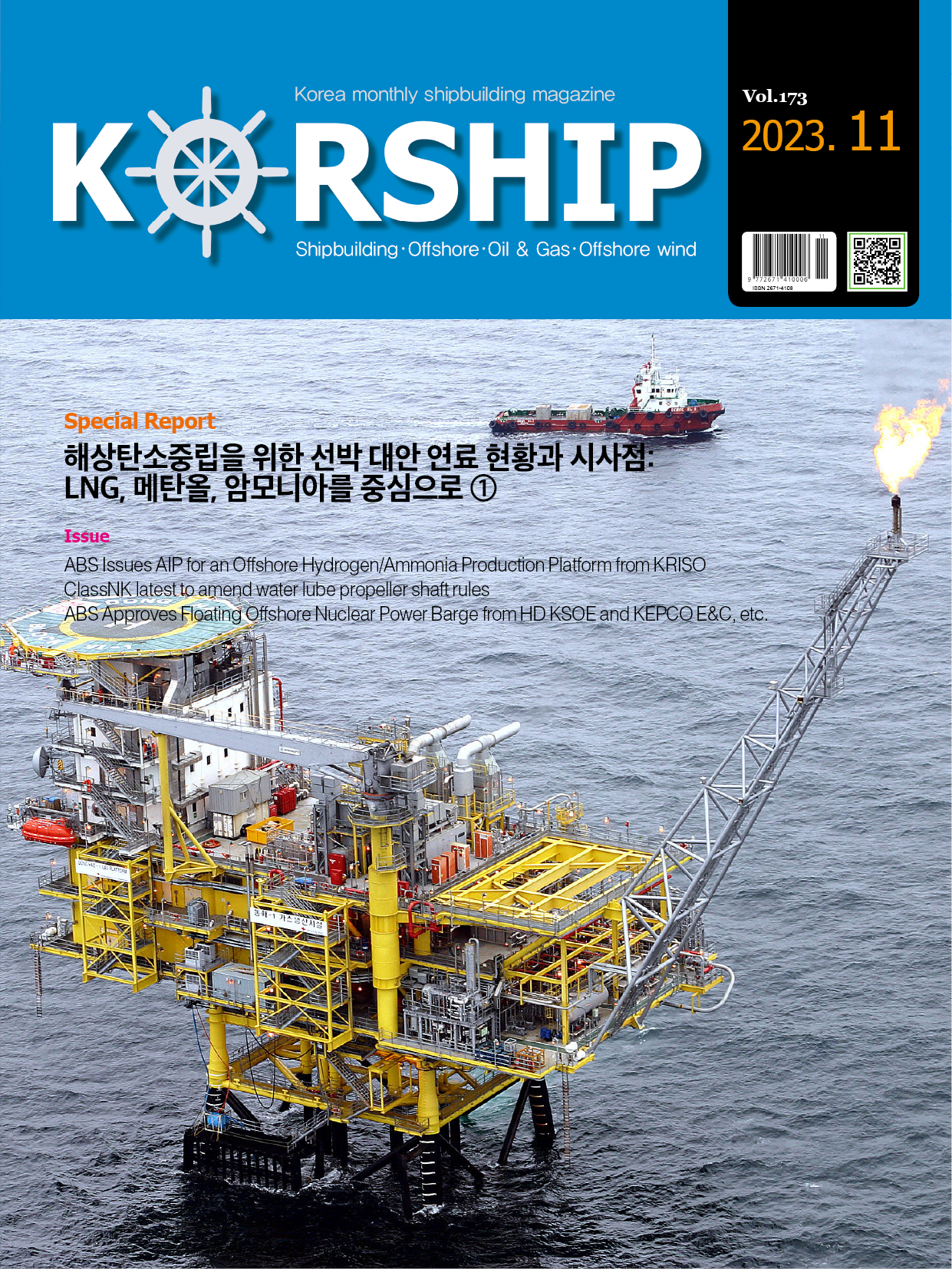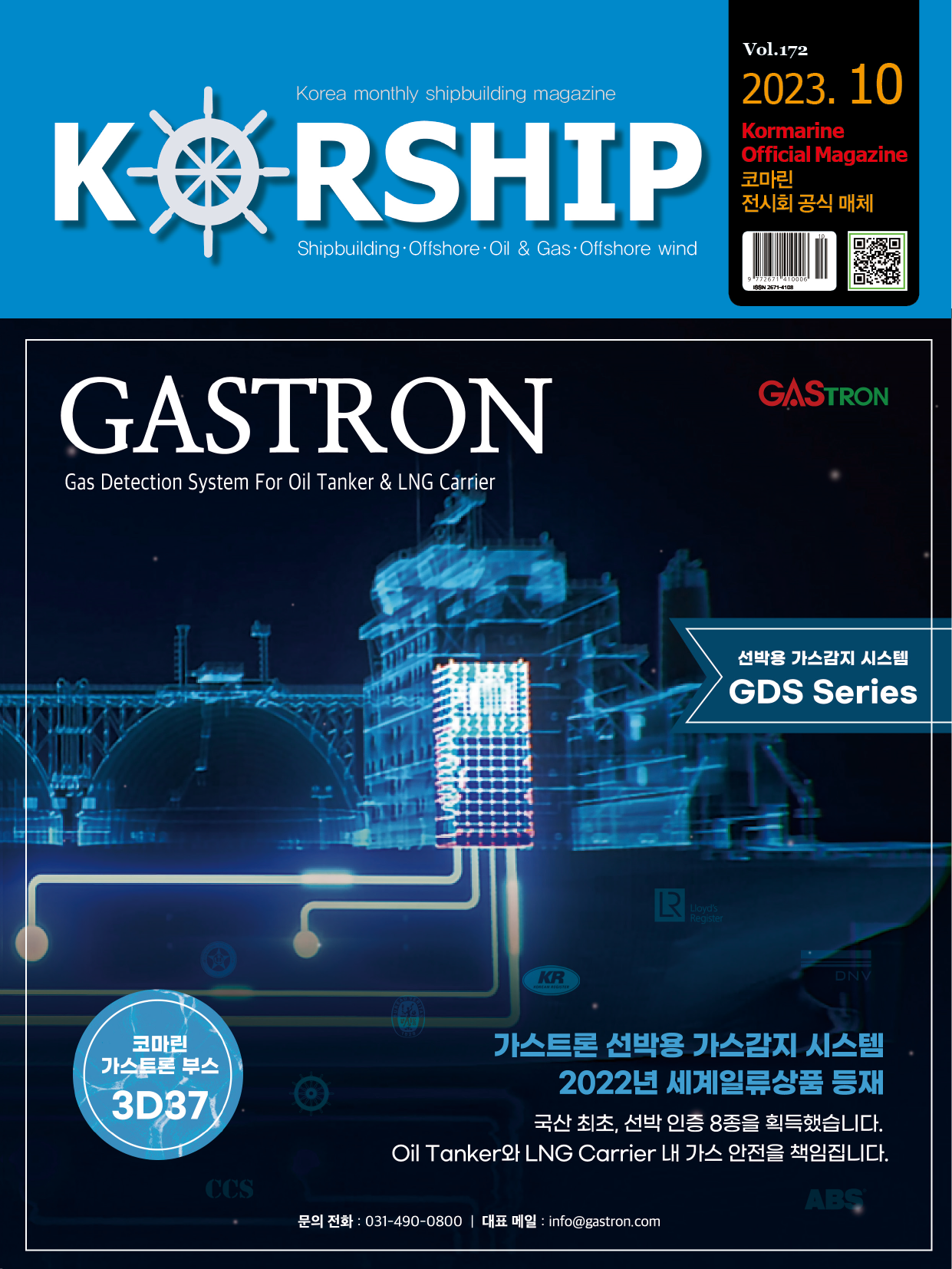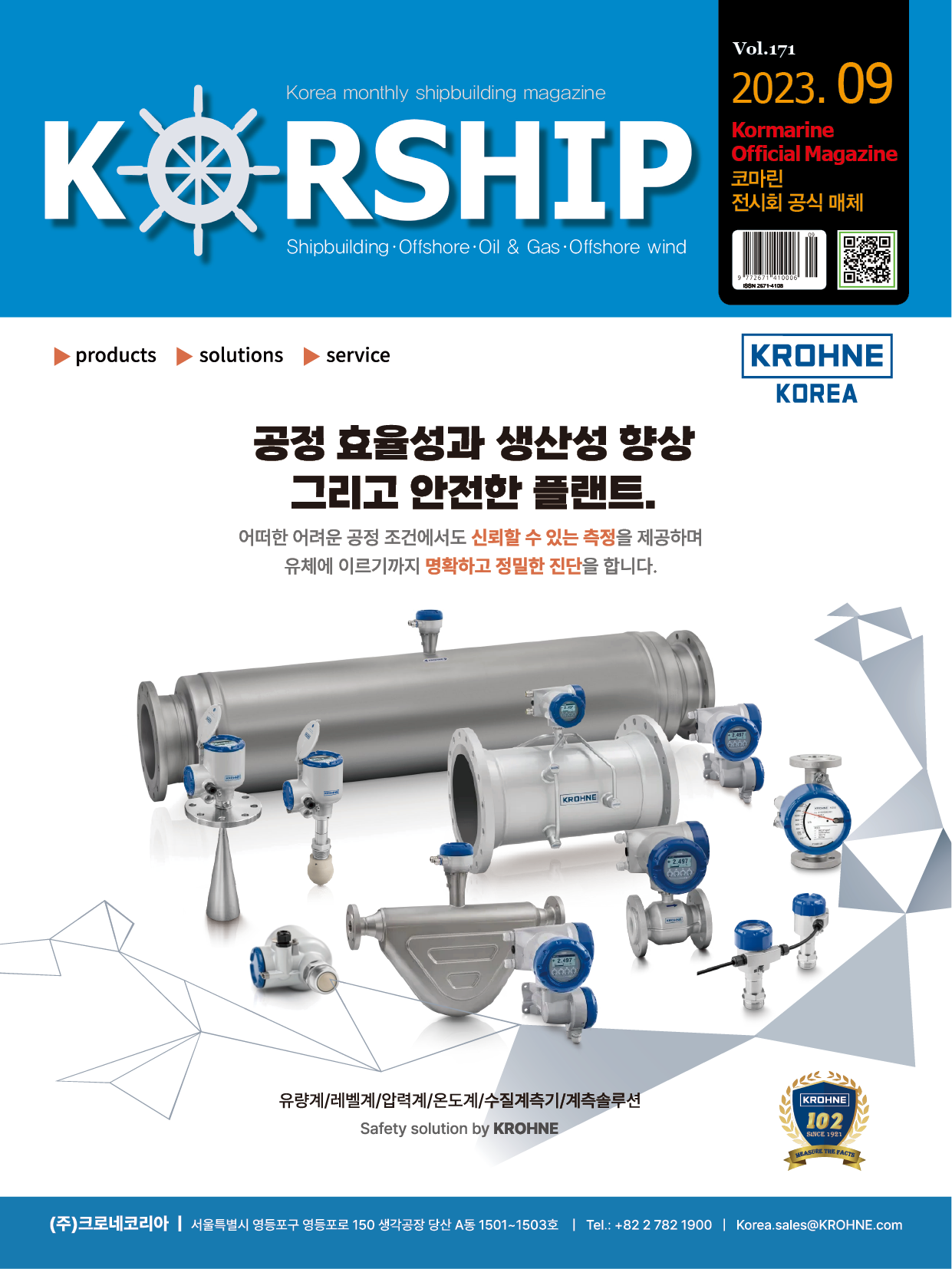Feature Story No Neutralization BWMS Results in Big Savings for Gravity Intake or Di…
페이지 정보
작성자 최고관리자 댓글 0건 조회 710회 작성일 22-01-14 17:29본문
Retrofitting Issues for TST Ballasting
In choosing a ballast water management system for bulk carriers, shipowners need to take into consideration any discharge requirements for the ballast water. Top Side tanks are typically filled through the fire main and, due to their design, do not have the capability to treat or neutralize the ballast water prior to discharge. Additionally, a second treatment [ballast water management system ] system would probably be required to treat any uptake to the general service pump or major modifications would have to be made to the fire main to connect the two.
One very important feature of all the Ecochlor systems for ships using gravity ballasting, is that only a single treatment system is required for up to three chemical injection points that connect to the vessel’s ballast lines. This means you can treat the ballast water both in the main ballast line as well as the fire main, therefore, eliminating the need for a second system or additional piping modifications between the two.
Additionally, large bulk carriers require high ballast flow rates, it should be noted that a single Ecochlor ballast water management system remains very effective at flow rates of up to 16,200 m3/h without any significant increase in power to accommodate the high flow rates. Any significant increase in power requirements and the correlation of this to fuel consumption, would not only be a financial burden in OPEX for the vessel, it could also impact the CAPEX as additional generators might be needed to match the need for more power. This increased fuel requirement might also influence the vessel’s carbon footprint and its ability to comply with the new, stricter fuel emission requirements. Even at the higher flow rates, the Ecochlor systems still have the lowest power requirements in the industry.
INTERCARGO Outlines the Difficulties of ballast water management system Retrofits on Bulk Carriers
The International Association of Dry Cargo Shipowners(INTERCARGO) outlined some of the prevailing issues associated with ballast water management system retrofits. Specific to bulk carriers using gravity discharge they stated that “the discharge requirements for top side tanks are incompatible with requirements for a secondary discharge treatment or for treatments that require neutralization.”
In this report, INTERCARGO highlighted some possible options to ballasting operations with top side tanks with an emphasis on the practicalities associated with the actual implementation of these solutions. The three options they presented were:
Connecting top side tanks: “Connecting the top side tanks to each other and then piping back to the engine room brings its own problems, such as penetrating the engine room forward bulkhead and running ballast piping through fuel tanks. There will also be problems with effectively emptying tanks due to trim, which may lead to operational difficulties during loading and unloading.”
Fitting a discharge line through top side tanks: “Fitting a common ballast discharge line through the top side tanks with cross valves to each tank is an option. However, this would also lead to major modifications including penetrations through the engine room bulkhead and other tight bulkheads, fitting of pipe supports and damage to ballast tank coatings.”
Connecting top side tanks to the ballast main: “A third possibility is to connect each top side tank to the ballast main in the double bottom / duct keel. In addition to modifications to existing pipework, fitting of pipe supports, new penetrations through watertight boundaries and repairs to the existing ballast tank coating system, isolating valves would need to be fitted to each new branch of ballast line.”
A Reliable Option for Gravity Discharge Ballasting Without Major Modifications
Leif Melhus, Engineering Manager at Ecochlor noted: “If a vessel is identified to utilize gravity ballast as a ballast water management system operational mode for our system, then main ballast flow control valve(s) would be required during the installation. These control valves safeguard against untreated water entering the ballast tanks after gravity ballast is completed and as the vessel transitions to ballast pumping operations. In addition, the flow control valve ensures that the ballast flow does not exceed the treatment rated capacity(TRC) of the ballast water management system installation.”
The transition from gravity to pump ballast treatment is available in all the Ecochlor ballast water management system s — filtered, filterless and hybrid — and is as simple as pressing the ‘disable gravity ballast’ button in the Human Machine Interface (HMI) software to close the main ballast control valve, which then allows the main ballast pump to restart the ballast water management system in normal operation.
Gravity Ballast Intake and Discharge is an Option with the EcoOne ballast water management system
Gravity ballasting on intake is not possible with any ballast water management system that requires filters during treatment operation due to lack of ballast pressure to ensure effective cleaning of the filter screen. By eliminating the filter, the Ecochlor EcoOne™ ballast water management system (filterless) and the EcoOne Hybrid™ ballast water management system (in filterless mode), have even lower power requirements, as well as having the unique ability to gravity ballasting on both intake and discharge. Shipowners have long requested this option because it makes it possible for vessels to fill up to 30% of their ballast tanks via gravity ballasting, therefore saving any fuel costs necessary for running the ballast pumps.
Conclusion
With high costs for modifications and increased power requirements, the key benefits of choosing one of the Ecochlor ballast water management system models makes it perfectly clear that this is really the only viable option for owners of bulk carriers.
■ Contact: Ecochlor https://ecochlor.com/

